The wait is finally over and the full frame mirrorless compact camera Sony a7S III has been just announced with key features like 4K resolution (in up to 120 frames per second), All-Intra (new codec, XAVC S-I), 4:2:2 color sampling and 10-bit color depth internal recording.
Can’t believe how time flies. I was 5 years younger when the Sony a7S II was introduced… Looking back, this little camera served many of us well (two of my long time favorite camera reviews were shot with this camera “Time Stood Still” and “Play With Me”).
Now it is time to say thank you and goodbye to the aging “lowlight king” and welcome its successor the Sony a7S III. Was it worth the wait? Is this product “exceeding expectations” and standing up against Sony’s claim? Read on to find more. (The above video was filmed on a Sony a7S III, pre-production model).
Sony a7S III – A New Beginning
It’s just before 9:00 AM and I’m already standing outside in front of the Sony building in Shinagawa, Tokyo. I came back to return a lens that I got for testing. Nothing looked too exciting. On the contrary, because of the current situation, this huge building was rather empty, the reception desk and the polite ladies behind it were all gone. Instead, a security guard armed with a thermometer in his left hand welcomed me with “I need to check your temperature”. Since I don’t speak Japanese (yet), I can only presume that this is what he said as his next move, was to point the thermometer right to my forehead. Strange feeling. I’m a healthy guy, but what if this measuring device is wrong and I’m suddenly detected as a person who has a fever? Thankfully, this didn’t happen and before I knew it, I was inside the elevator standing on one of the 5 marked places. Our Sony Japan contact person welcomed me. He is a lovely knowledgeable person but that morning he acted a bit strangely. I handed him the lens but he politely refused to take it. “Have it with you for a few more days. You might need it” he said.
To cut a long story short, “I was ambushed”. Came for the lens and stayed for the new a7S III… A few hours later and I could share with Nino, my business partner. “The eagle has landed. The Sony a7S III is here”.
As always, I’ll be completely open and transparent with you guys. When I first saw the camera and heard all the details about it, I was a tiny bit disappointed. What has happened to “exceed expectations” I’ve asked myself, still under the influence of Canon’s latest EOS R5 and R6 announcement. I guess that what stuck in my head, had to do with higher resolution numbers and internal RAW recording, but only up until a day or two later…
Sony a7S III – In the Field (Kana, Mountain Runner)
Lino Panela, and old friend from Italy, was fast to react to my Facebook appeal to help with finding nice people to film here in Tokyo and he was the one to connect me with Kana Suzuqui, a lovely lady who her passion is mountain running. Fast forward, and I found myself watching Kana at her place getting ready for her weekend run. I, on the other hand, was ready to chase her. No tripod, a small backpack, the Sony a7S III (which I tested before to get used to the new menu and features), three lenses, the Sony FE 16-35mm f/2.8 GM (my favorite), Sony FE 24-70mm f/2.8 GM and, Sony FE 12-24mm f/2.8 GM Lenses. Looking back, I now know that I had two lenses too many. My back kept reminding me that every milligram counts when you are in the mountains…
So, I write much and I’m sure by now you want to know how it was to work with the camera. Well, simply a treat. The ergonomics is very good (I don’t work with a strap or cage), the images on the new LCD and EVF looked good (more on this later), view assist was accurate in terms of REC709 colors (I worked on S-Log 3), and battery life was not an issue – had 3 with me, plus a way to charge them in the camera through the USB-C connection. I set the IBIS (In Body Image Stabilisation) to “Active” and was happy with the results. Static shots looked as if I took them from a tripod. The “following kana” shots looked a bit shakier, but in all fairness, good enough for what I wanted. A good balance between steadiness and fluidity. Personally, I don’t use gimbals for documentary work and this solution was sufficient. Mind you that there is a certain crop when working in “Active mode”.
I actually tested the a7S III before working with the Canon EOS R6 and originally I thought that those two will compete. The reason I’m mentioning it here is because I did not feel at any stage that the a7S III is being in my way when filming, the contrary, I felt as if it is working with me in perfect syntonization.
Maybe the only struggle I was facing during filming was because of having a single CFexpress A type card with me (a completely new standard that Sony is the one to use for the first time). I had to make sure that every time that I want to film in NORMAL frame rate, I don’t use this card as it was reserved for “slow motion” shots, because of its high data rate writing specifications.
Sony a7S III – Lowlight Performance
As you can see in the above video (minute 11:57), the lowlight capabilities of this camera are simply insane! True it can get noisy, but the Sony a7S III can easily be regarded as a “night vision device”. From my filming experience, ISO 16000 is the cleanest in my opinion when filming in high ISO settings. I’m still determined to understand what’s really happening there as officially, it is not a dual ISO sensor. So, it is safe to report that the Sony a7S III is following the footsteps of its predecessor by concurring with the “lowlight king” title.
Sony a7S III – The Technical Stuff
Let’s start by writing that this is a full frame camera that can record in 4K internally up to 120 frames per second (10bit, All-Intra, 4:2:2 color sampling). If you are after a greater slow motion performance, 1080 can do up to 240 frame per second (not tested). Mind you that when filming in 4k/120p, a small crop is applied to the picture.
Overheating and recording time limitations: the new camera has NO recording time limits in 4K 24/25/30p. When it comes to 60p, Sony says that around 60 minutes is a safe bet, depending on room and temperature conditions. In 120p, accept to be able to film around 30 minutes. Our friend and colleague Philip Bloom had the camera for a longer period of time and conducted extensive overheating tests. We will update our article with a link to his video so you guys can get more knowledgeable. Speaking of overheating, the compact a7S III is fanless! Sony obvisouly took their time to work on (and solve) this crucial issue.
Rolling Shutter effect: the combination of 2 newly developed BIONZ RX processors, together with the all new 12 megapixel sensor, allows very fast information readout and the result is a very well maintained rolling shutter effect!
Autofocus: all in all it performed well, although I had some issues which I could recognize only AFTER coming back from the mountain and watching the footage. My issue was that the camera will not autofocus on infinity in a completely sharp way. This phenomenon was very evident when moving from Kana’s face to infinity. My issue was reported to Sony and I can only hope that it will be addressed before the camera is out.
IBIS: Sony’s new 5 -axis In Body Image Stabilisation can work together in conjunction with their stabilized lenses. The results are fine (better performance than previous Sony models), yet, I do think that Canon’s new IBIS and even FUJIFILM X-T4 (with the previous FW) are a bit better. Saying that, the static results are great, and “on the move” needs the tiny extra attention.
Menu: finally (!) after years of struggling and “frustration”, Sony finally came up with an ALL new menu and design structure, one that deserves compliments. Be it by turning the back wheel, jog stick, or touch screen, the menu is very responsive and logical, at least for my aging brain.
Codecs: Sony implemented three new codecs on this camera. The jewel on the crown is XAVC S-I. This All-Intra H.264 codec will record in 24/25p with 240Mbps and in 50/60p in 600Mbps. XAVC HS uses the newer H.265 encoding but according to Sony, the previous is the better one.
HDMI OUTPUT: I think that many were expecting to see some sort of internal RAW recording with the new camera, but Sony took a different approach, the safe one. Instead, they equipped the new camera with a large HDMI connector and the ability to output 16 bit uncompressed RAW (4k/60p). Now we have to wait for a third party manufacturer to support this Sony Alpha industry first.
Other enhancements: the LCD screen is now completely articulated and the nice thing is, it won’t be limited in movement by connecting headphones for example, as there is a hight distance between the two. The “Z Type” battery performed very well. I did not measure its performance with a stopwatch but I can not recall any stress while filming.
My favorite feature: the older guys here will understand and the younger once might laugh, but for me, the ability to change the color of this little focus square from white/grey to RED, is a big thing. It is simply much easier to focus on objects like this.
Conclusion
I feel as if the Sony a7S III will be a perfect fit for owners of other (professional) Sony cameras. The integration is simply better. Even S-LOG files should look the same… Now, what about users from other camps? Well, in my opinion, Sony did their homework. Instead of joining the higher resolution race, they went “safe” making sure that their new product is reliable, robust and easy to use and I salute them for that! Will it be enough to convince others? Time will tell. Like always, my review is not a recommendation to buy anything. Our best advice is, try it for yourself.
Looking for additional information about the new camera? We conducted a Q&A session with Yann Salmon Legagneur from Sony Europe. Head to our article and video by clicking here.
A special thank you to Kana Suzuqui. You can learn more about her sports activities by clicking here.
The above video was recorded in 4K in 24 and 120 frames per second. XAVC S-I codec, S-log 3. “Kana the Mountain Runner” was graded with Lutify.me. Music: epidemicsound
What do you think about the new Sony a7S III? Were you expecting something completely different and more “futuristic”? Do you agree that readability is more important than resolution? Please share with us your thoughts on the comment section below.
https://news.google.com/__i/rss/rd/articles/CBMiWmh0dHBzOi8vd3d3LmNpbmVtYTVkLmNvbS9zb255LWE3cy1paWktcmV2aWV3LW1pbmktZG9jdW1lbnRhcnktYW5kLWxvd2xpZ2h0LXNhbXBsZS1mb290YWdlL9IBAA?oc=5
2020-07-28 14:02:45Z
52780959000816
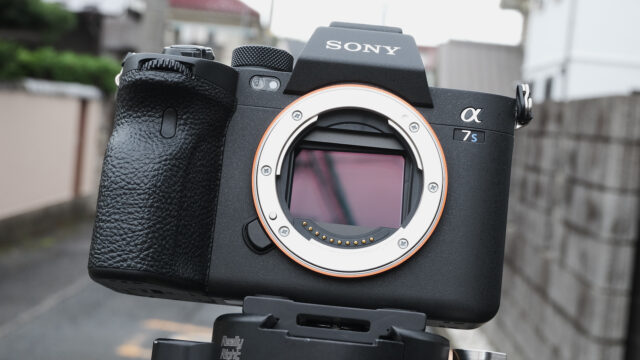
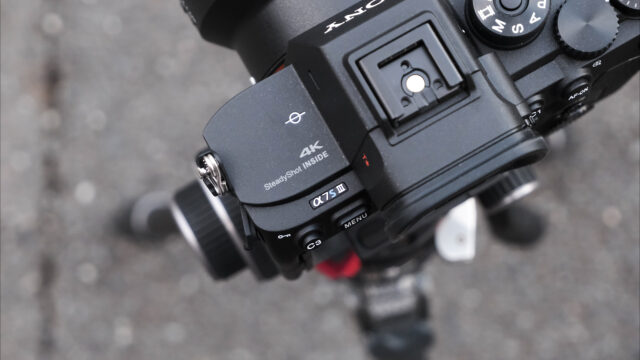
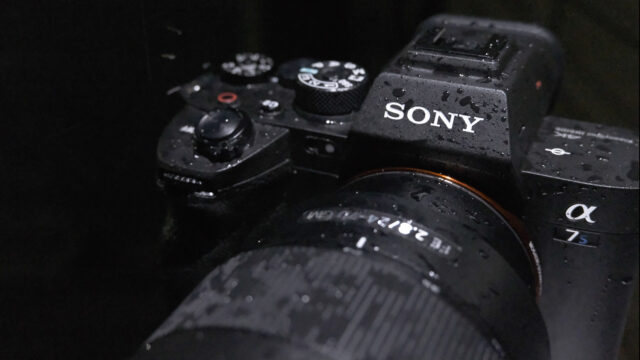
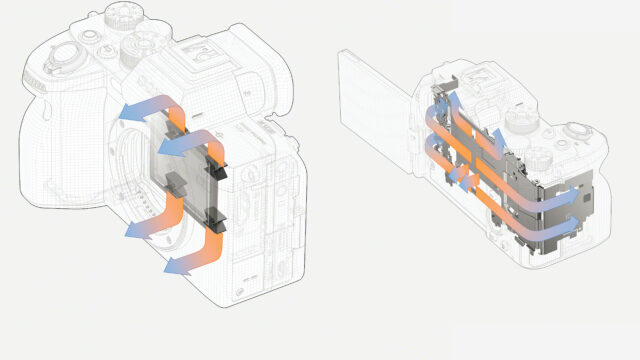
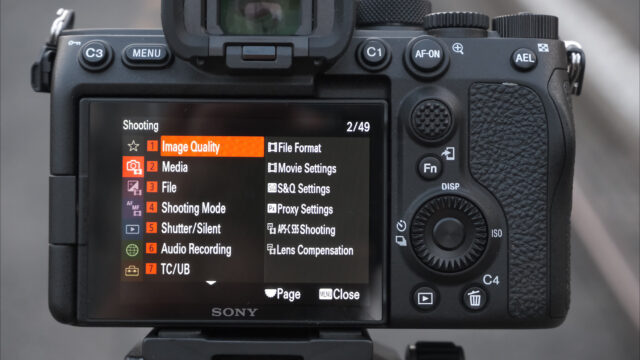
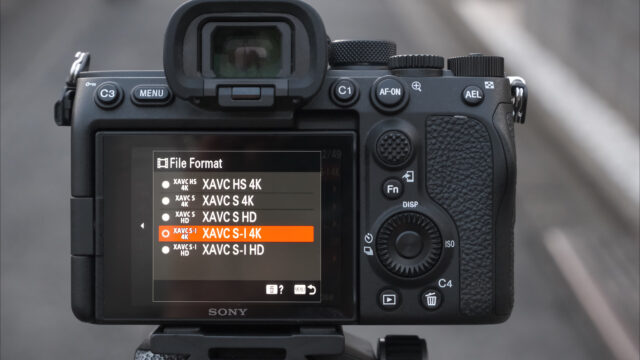
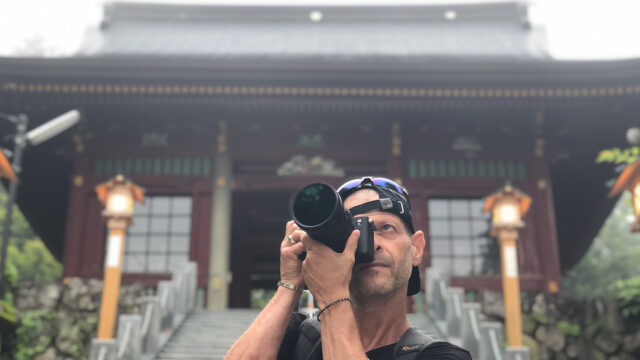
Tidak ada komentar:
Posting Komentar